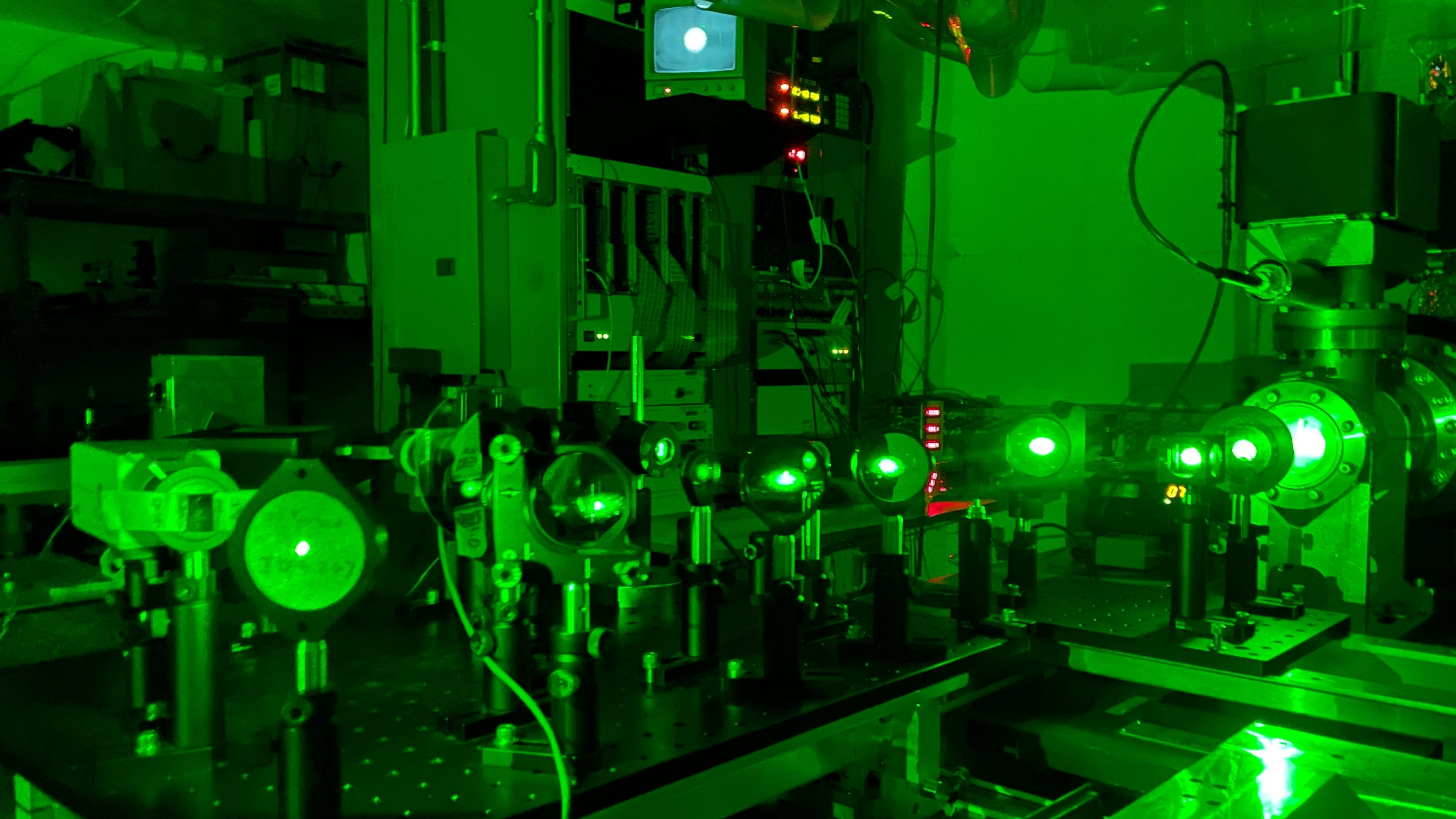Until now, oscillator-free electron lasers have only achieved output wavelengths of up to 176.4 nanometers. Scientists at the Laser Zentrum Hannover e.V. (LZH) have now succeeded in producing optics with which physicists at Duke University, USA, have successfully generated wavelengths below 170 nanometers for the first time.
The resonator mirrors coated by the LZH are used in the storage ring free electron laser (FEL) at the Triangle University Nuclear Laboratory (TUNL). The highly reflective mirrors are the limiting component for achieving even shorter wavelengths with laser oscillators. Therefore, the newly developed optics open up new possibilities for research in physics. The resonator mirrors are radiation-resistant and thermally and mechanically stable. The LZH has developed a fluoride-based multilayer system for the mirrors. Several thin-film techniques were optimized to produce both the high-density coatings and protective cover layers.
With the LaF3/MgF2 optics, the researchers at Duke University/TUNL have succeeded in generating very stable and reproducible laser beams from 168.6 nanometers to 179.7 nanometers. This bandwidth is based on the high gain of over 22 % of the FEL. The Duke University team has thus succeeded for the first time in generating 120 MeV gamma radiation at the High Intensity Gamma-ray Source (HIGS), which is driven by the FEL.


